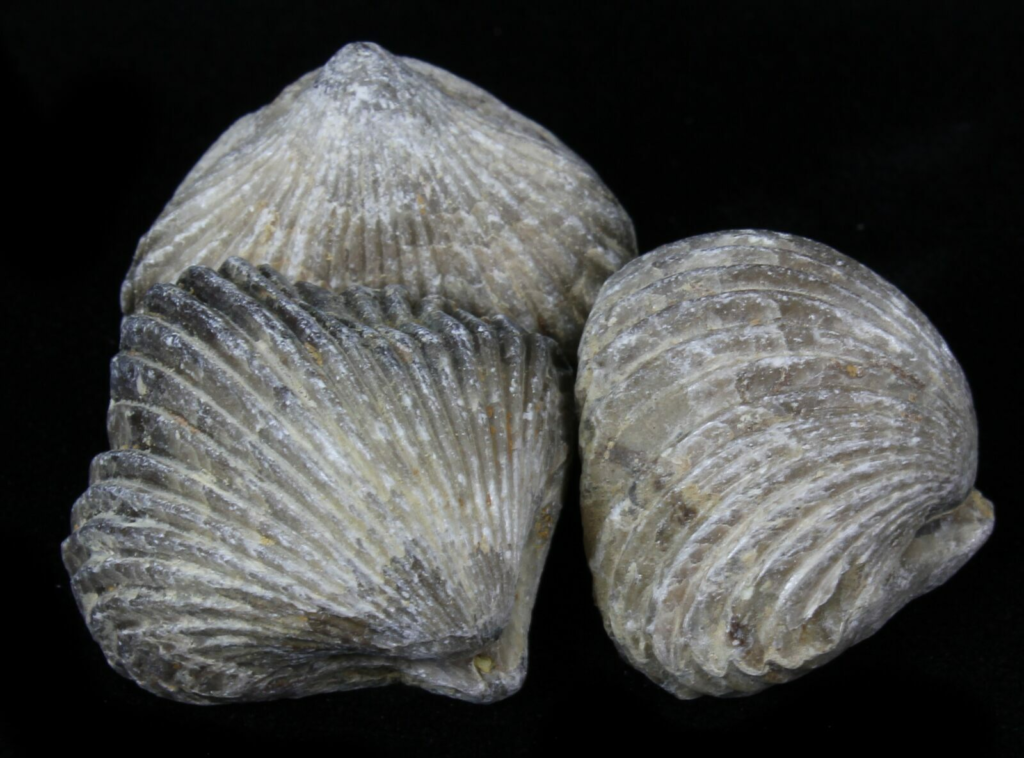
Brachiopods: Ancient Oceanic Architects Still Thriving Today
Introduction
Deep beneath the surface of our oceans, a remarkable group of organisms known as brachiopods has quietly thrived for hundreds of millions of years. These fascinating creatures, often mistaken for bivalve mollusks, have a rich evolutionary history and play a vital role in marine ecosystems. In this article, we delve into the world of brachiopods, exploring their anatomy, diversity, ecological significance, and their ability to survive the test of time.
Ancient Origins
Brachiopods first appeared in the fossil record over half a billion years ago during the early Cambrian period. They quickly diversified and became incredibly abundant, occupying various marine environments from shallow coastal waters to deep-sea trenches. Despite their long history, brachiopods have remained relatively unchanged morphologically, earning them the nickname “living fossils.”
Anatomy and Classification
Brachiopods belong to the phylum Brachiopoda, which includes more than 300 extant species. Unlike bivalve mollusks, with which they are often confused, brachiopods possess a distinct anatomy. They consist of a two-part hinged shell, known as valves, which encases their soft body. These shells are composed of calcium carbonate and can exhibit intricate patterns and ornamentation.
The two valves of a brachiopod shell are dorsal and ventral. The dorsal valve usually has a larger opening through which a specialized feeding organ, called a lophophore, extends. The lophophore is a unique structure adorned with ciliated tentacles that the brachiopod uses to filter organic particles from the water for nutrition.
Ecological Significance
Brachiopods are filter feeders, extracting microscopic organisms and organic particles from the water column. In doing so, they play a crucial role in maintaining water quality and nutrient cycling in marine ecosystems. Some species even form dense aggregations, known as brachiopod beds, which create complex habitats for a variety of other marine organisms.
The diverse forms and lifestyles of brachiopods make them an integral part of the food web. Many marine predators, including fish, crustaceans, and gastropods, rely on brachiopods as a food source. In turn, brachiopods have evolved various defense mechanisms such as thick shells, spines, or camouflage to protect themselves from predation.
Survivors through Time
Brachiopods have proven to be incredibly resilient throughout geological history. They have survived multiple mass extinctions, including the end-Permian mass extinction, which wiped out over 90% of marine species. Their ability to adapt to changing environmental conditions and occupy diverse habitats has contributed to their survival.
Today, brachiopods can be found in oceans worldwide, inhabiting both cold and warm waters at various depths. Some species thrive in shallow coastal regions, while others prefer deeper offshore environments. Researchers continue to discover new species and unravel the secrets of their evolutionary success.
Conservation and Research
Despite their ecological significance, brachiopods remain understudied compared to other marine organisms. The conservation status of most species is unknown, emphasizing the need for further research and monitoring. Understanding the biology, ecology, and population dynamics of brachiopods is crucial for preserving their habitats and ensuring their long-term survival.
Scientists utilize a combination of traditional methods and modern techniques such as DNA analysis and imaging technology to study brachiopods. By investigating their genetics, physiology, and behavior, researchers hope to gain insights into the evolutionary history of these ancient organisms and their response to environmental changes.
Conclusion
Brachiopods, with their ancient lineage and unique anatomical features, provide us with a window into the distant past of our planet’s oceans. These resilient creatures have thrived for millions of years, adapting to various environmental conditions and playing vital roles within marine ecosystems. As we continue to explore and understand the diversity and significance of brachiopods, we deepen our appreciation for the wonders of the natural world and the intricate web of life beneath the waves.